With experienced Hygienists’ and asbestos consultants high in demand in New Zealand. I thought I would touch base on what defines a good hazardous material consultant and what is desirable within the market. The following blog has been separated into different sections below for discussion.
So what makes a good Hazmat Consultant / Hygienist?:
Safe Working During Site Work: With the correct certification, ongoing training, an experienced hygienist or hazmat consultant should be able to complete and have a understanding of:
- Risk assessment identifying any risks or hazards prior to work
- What is required within a scope of works
- The site works without causing harm to anyone around them
- All sampled material should be left safe and in good condition
- Re-instating the area safely in line with the scope of works provided by the contractor or the client.
Taking the time with a methodical approach in line with the legislation is mandatory for delivering good consultancy, an experienced Hazmat consultant is systematic and takes their time when on a job.
Money tends to be a priority within the consultancy business, and everyone wants everything now. This creates more issues down the line and can cause extra costs for the client due to return visits on site. These return visits tend to revolve around.
- Missing of hazardous materials which require sampling
- Misidentification of hazardous materials,
- Lack of clarity around the risk of a site
- Poor development of reporting (Missing photos)
As part of life, the human factor will always be there, but experienced consultants should be providing consistency within there approach, which will give clients the product they require.
Qualitative Data, Good Reporting and Easy to Read are critical aspects when issuing reports. The best Hygienists / Consultants provide reports which are easy to read and to the point. Reporting is an essential component for a business owner of the homeowner as it can dictate the actions taken. If the report is presenting misinformation, the business can incur huge costs, and the wrong actions can be made in line with the risks. As mentioned above, reporting can be dictated by the approach taken on-site and the quality of work.
Communication is a massive part of hazmat consultancy prior/during and after works. Within the Hazardous material industry, a consultant/hygienist must deliver a recommendation in line with the HSWA 2015 and Approve Code of Practice 2016 (For asbestos). When communicating with clients, a consultant must focus on:
- Whether there are an immediate health risk and removal is required
- Whether the risk can be dealt with quickly and practically (In line with the guidelines)
- Whether the risk can be maintained over a period
- Whether the client is required to meet their requirements under the (HSWA 2015)
All these points can lead to a business incurring high costs which can create an emotional environment. As a consultant/hygienist, it is your job to reassure your clients through the process and give out the best consultancy possible in line with the issue presented. It is also a Consultant / Hygienists job to be independent in their communication with there being no other agenda’s.
Working Together to Provide a Positive Outcome is fundamentally the goal of all parties is providing the client with a positive service with an excellent outcome. Experienced Hygienist’s / Consultants work together with the contractors to provide the best outcome for their clients. Meaning the contractor and consultant are aligned with good communication during the job. If there is no cohesion, the following issues start to develop:
- Deviation from the scope of works without the communications provided to the client
- Costs are incurred on the client without knowledge,
- Lack of practicality on-site with a toxic environment developing
- Quality of outcome Is not provided and potential change of contractor and consultant during works
Therefore, everybody loses, and the job fails to meet the positive outcome required. So, working together is a significant part of the Hazardous material industry.
Concerning my comments above, I would love to hear the thoughts of hygienist’s/consultant’s from all aspects of experience junior to seniors; all are welcome to comment. The blog is written from my perspective, and please challenge me on any of the points, as I am interested in other people’s views!!!





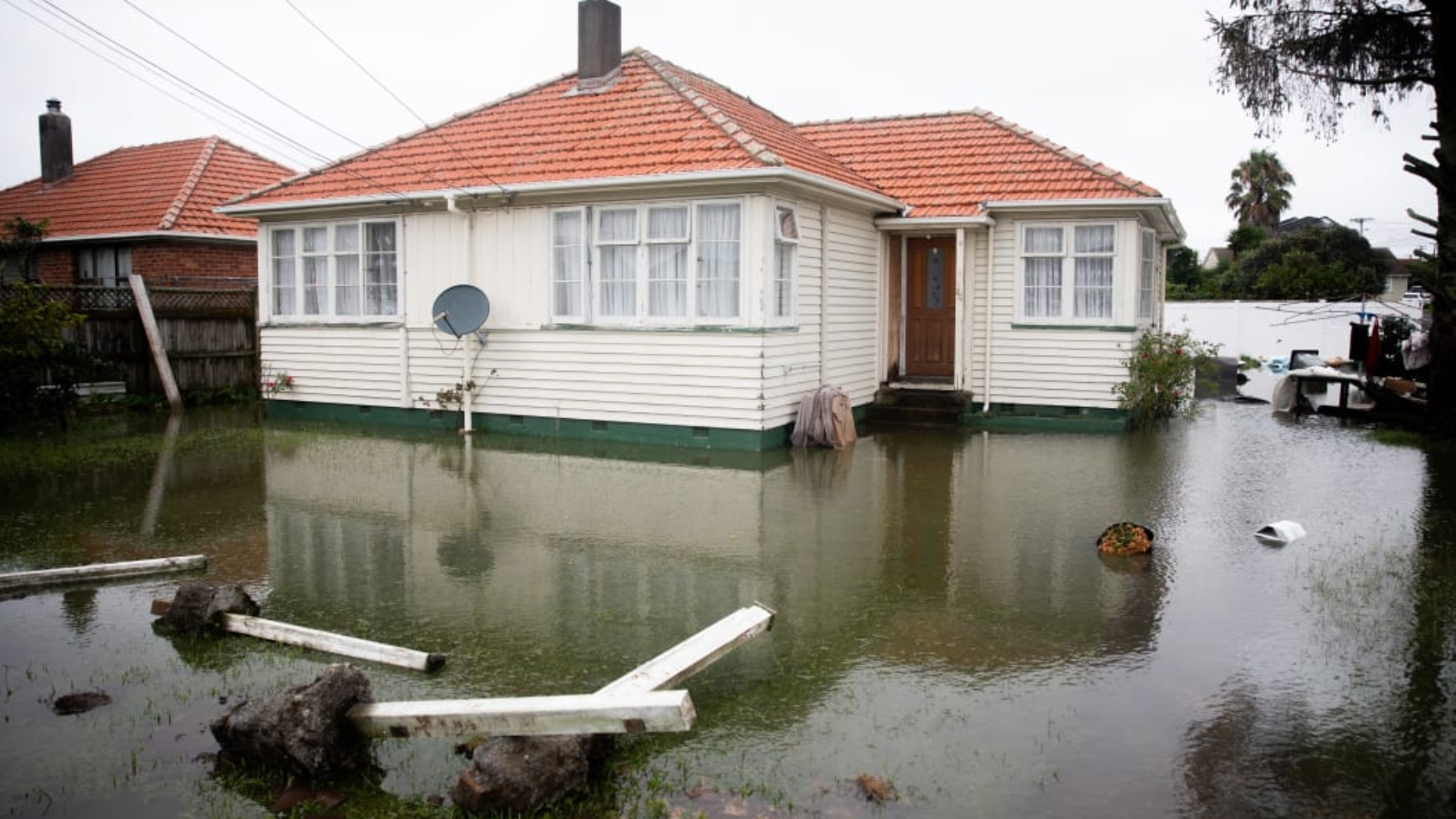

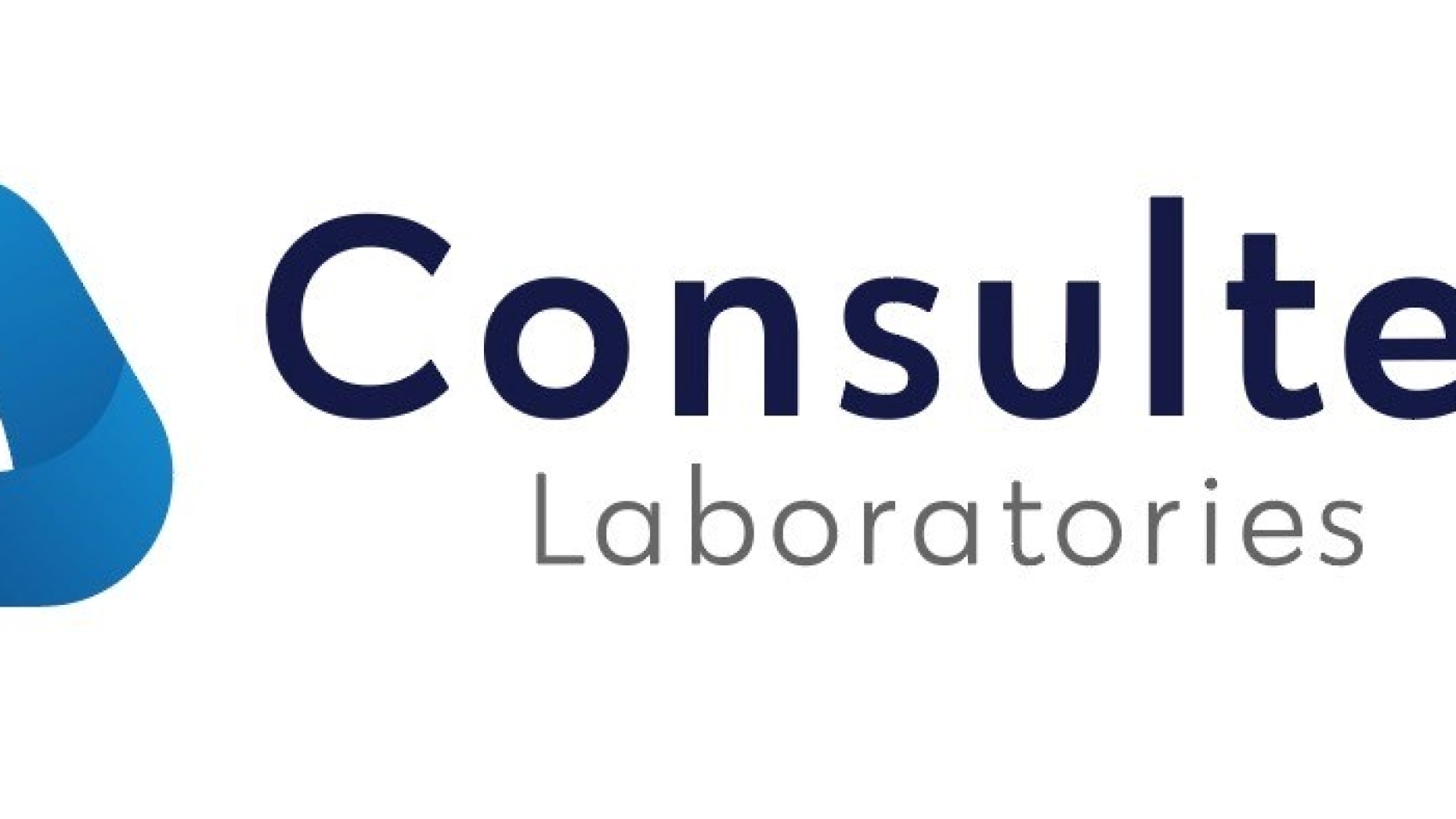
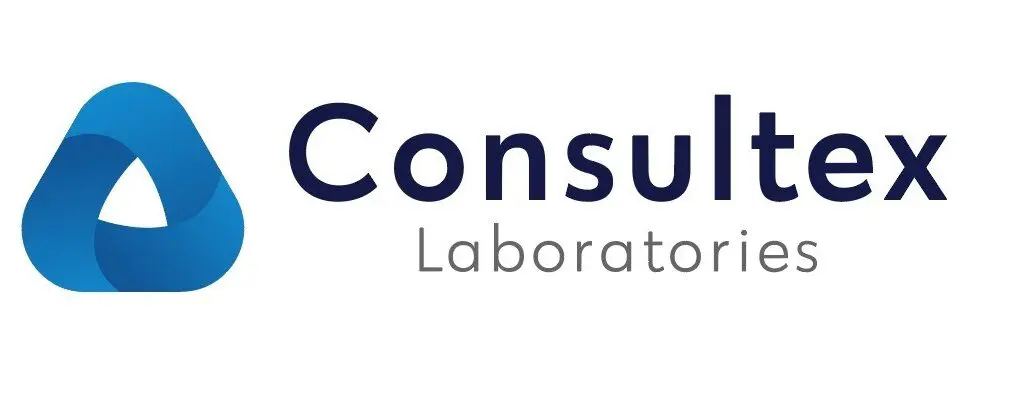
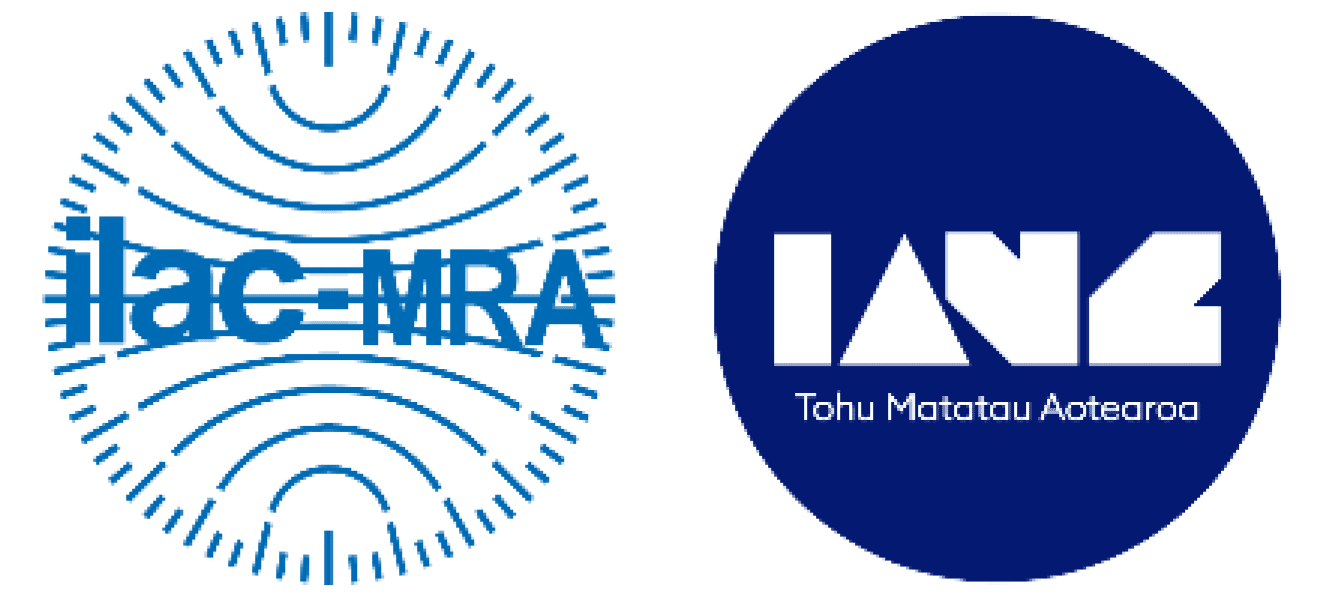
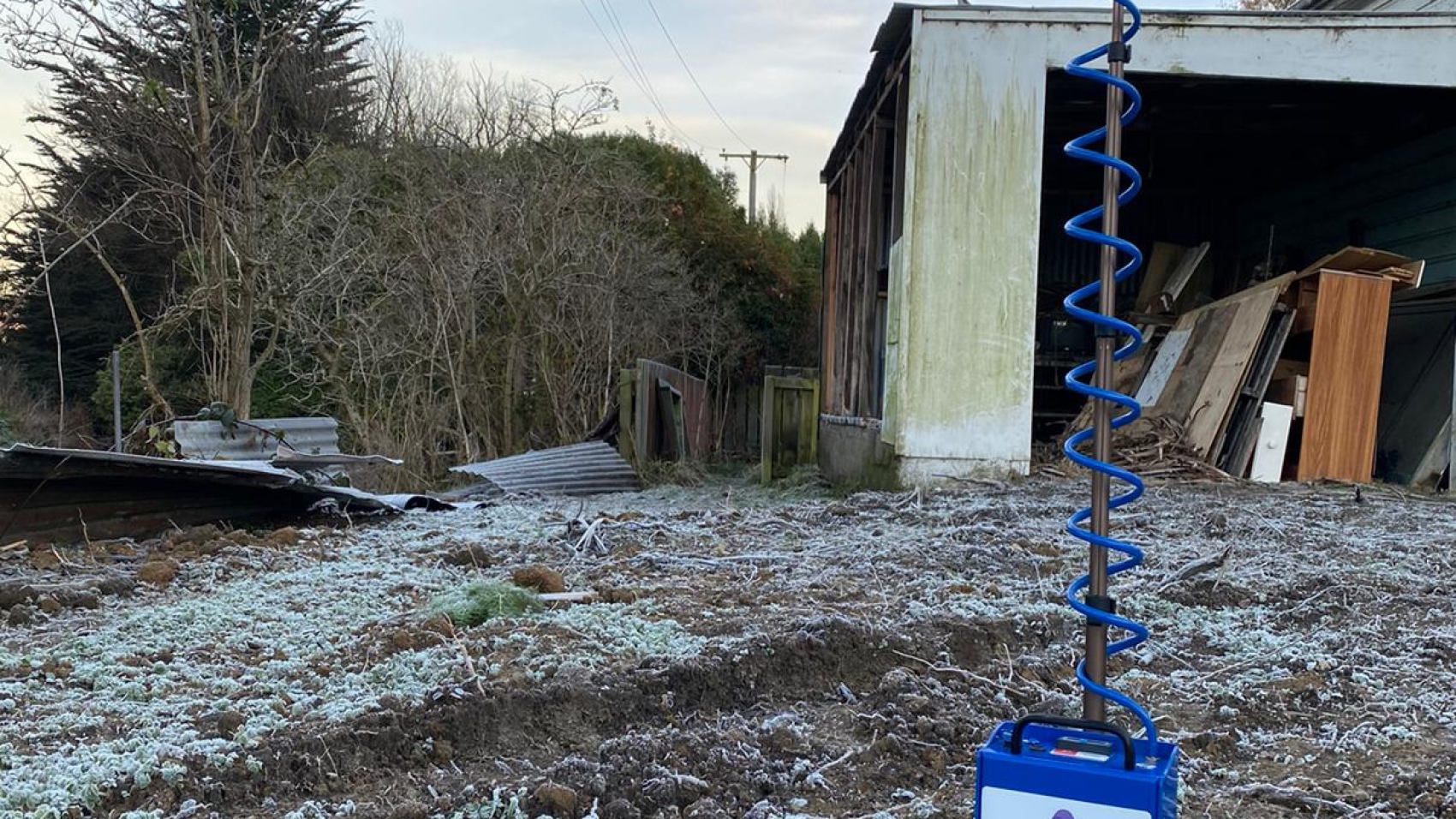
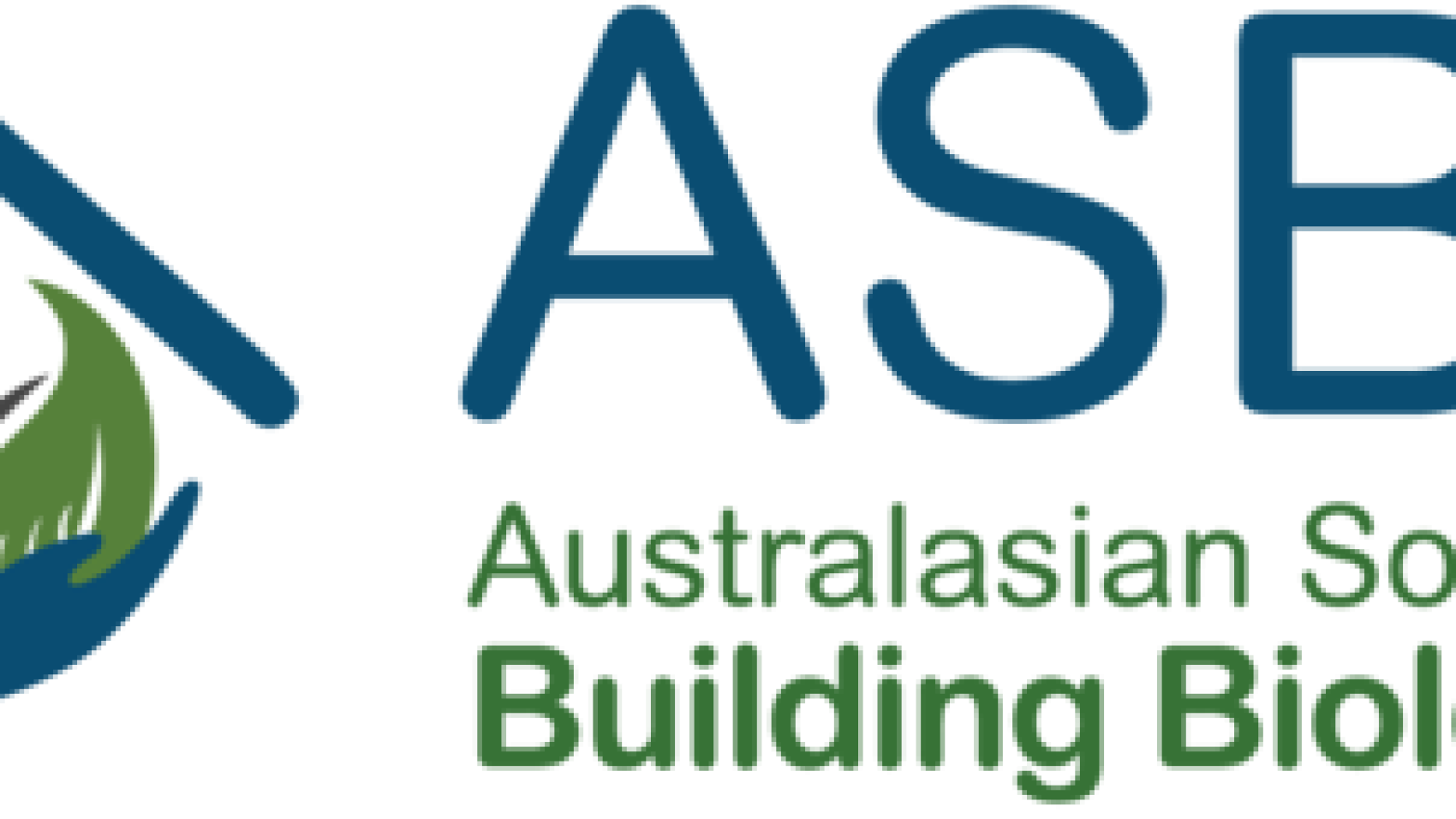
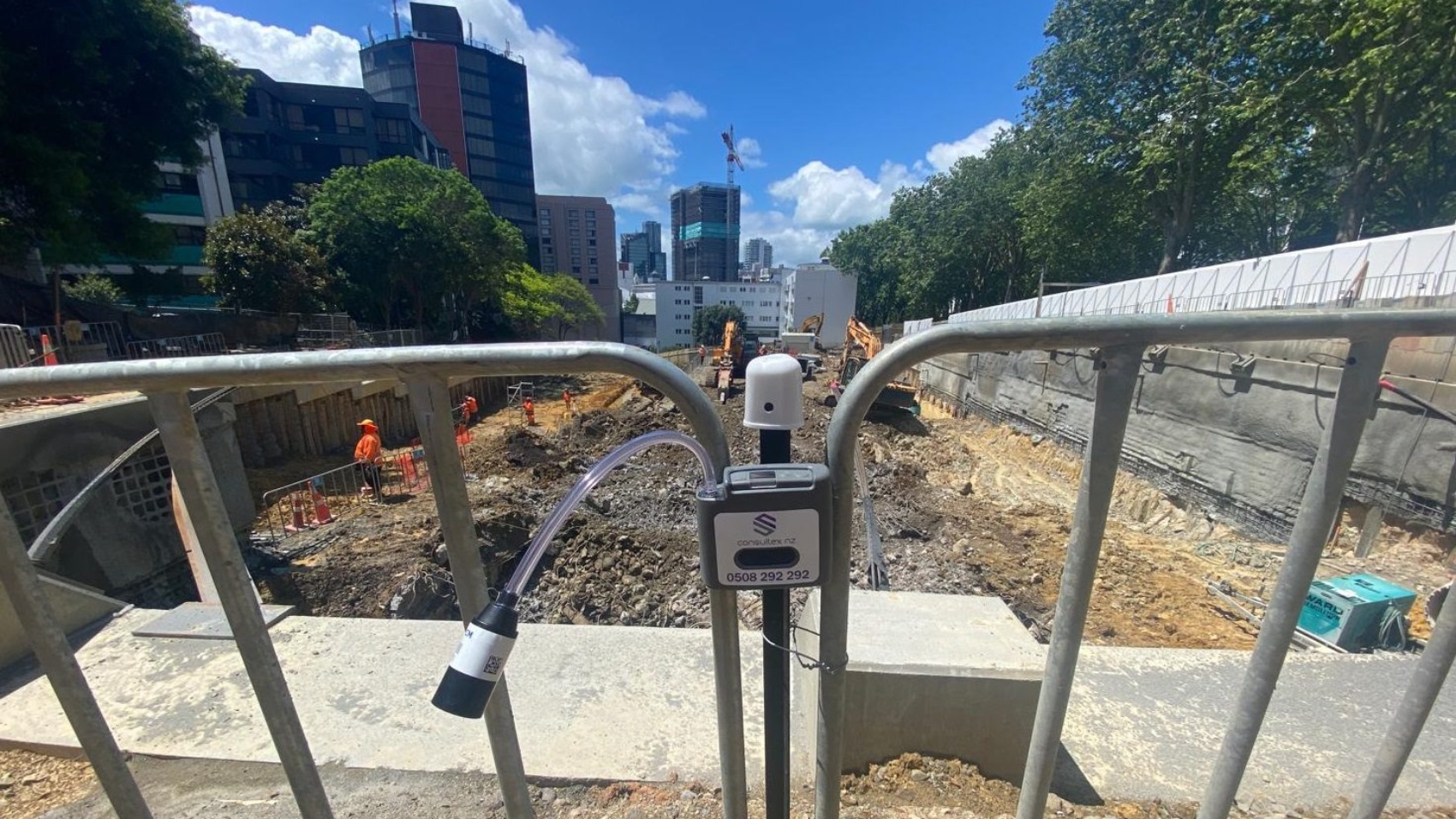



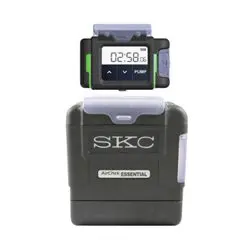
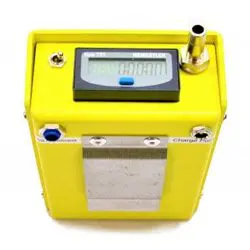
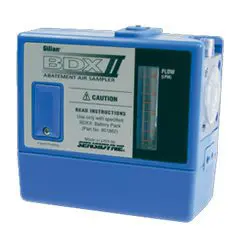



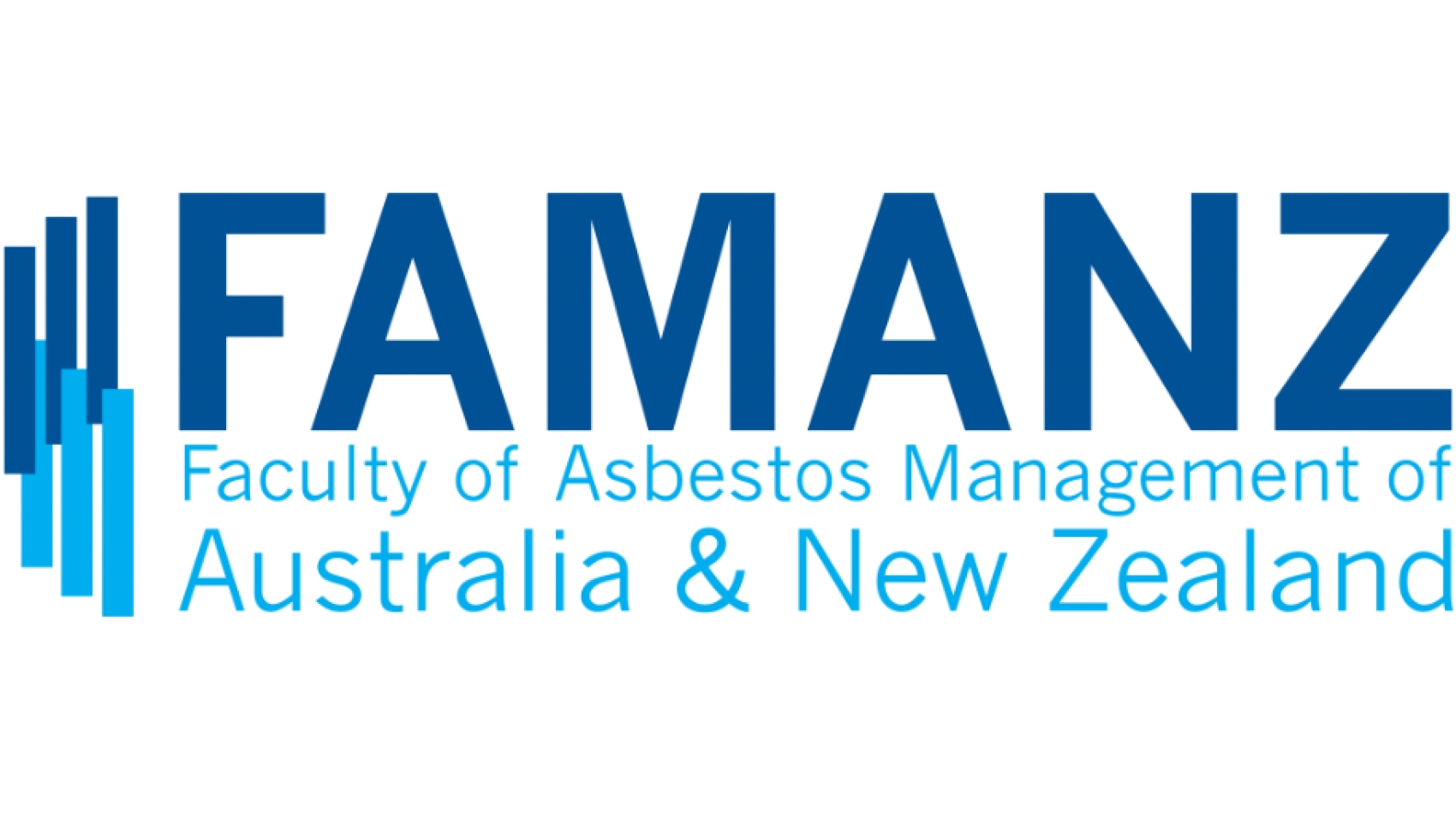


 As companies struggle for survival due to the coronavirus pandemic, bold entrepreneurs in New Zealand has decided to start a new business regardless of the current climate. Ben Alford, William Morris-Whyte, Jake Davenport and Chris McNoe have worked in the hazardous material (Hazmat) industry for combined three decades and are aware of the pressing need to keep building sites across New Zealand safe. So, despite lockdown, the group started Consultex Environmental.
As companies struggle for survival due to the coronavirus pandemic, bold entrepreneurs in New Zealand has decided to start a new business regardless of the current climate. Ben Alford, William Morris-Whyte, Jake Davenport and Chris McNoe have worked in the hazardous material (Hazmat) industry for combined three decades and are aware of the pressing need to keep building sites across New Zealand safe. So, despite lockdown, the group started Consultex Environmental.